
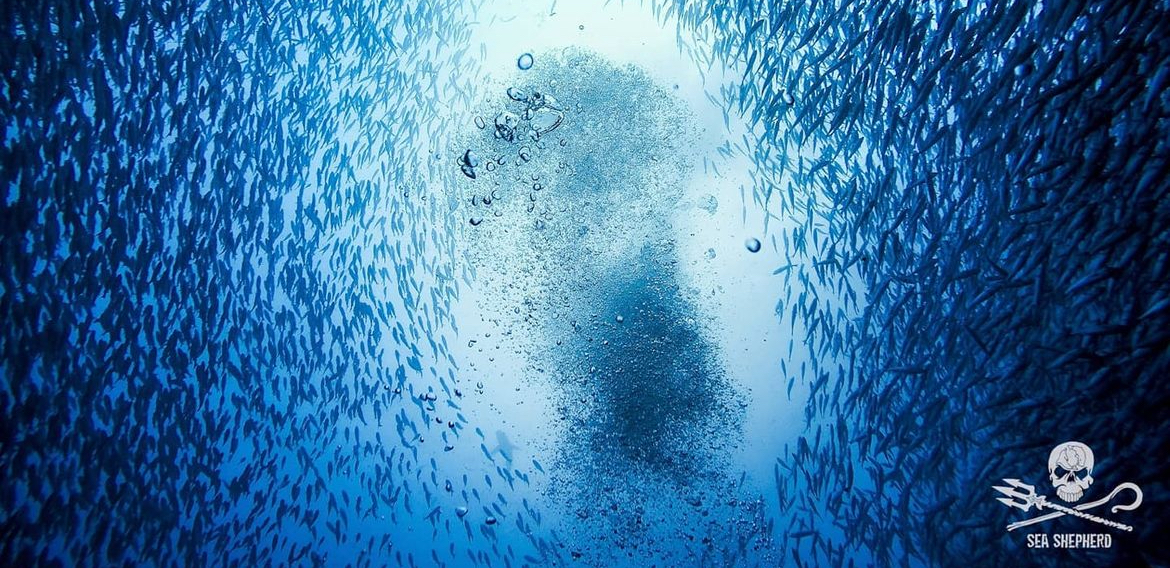
Image Courtesy of Sea Shepherd Global
- CARBON DIOXIDE REGULATION -
One of the most prominent issues in today's society is climate change. The 1950s spurred a turning point in itself, with carbon emissions starting to increase at an exponential pace: and governmental measures have proven insufficient to halt this trend.
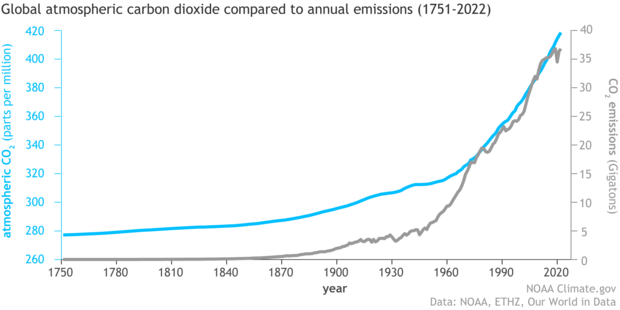
Image Courtesy of NOAA - Blue line shows emissions and gray line shows total atmospheric CO2
"Right now, we are still very much speeding in the wrong direction. 2021 is currently projected to experience the second-highest emission rise ever. Only about 2 percent of government recovery spendings have been allocated to clean energy measures. And according to a new report by the UN, global emissions are expected to rise by 16 percent by 2030 compared to 2010 levels."
- Greta Thunberg, Youth4Climate Summit Speech, 2021
"Climate Said Altered in Many Areas by Burning of Coal, Oil." Article Courtesy of The Oregon Statesman (December 29, 1956)
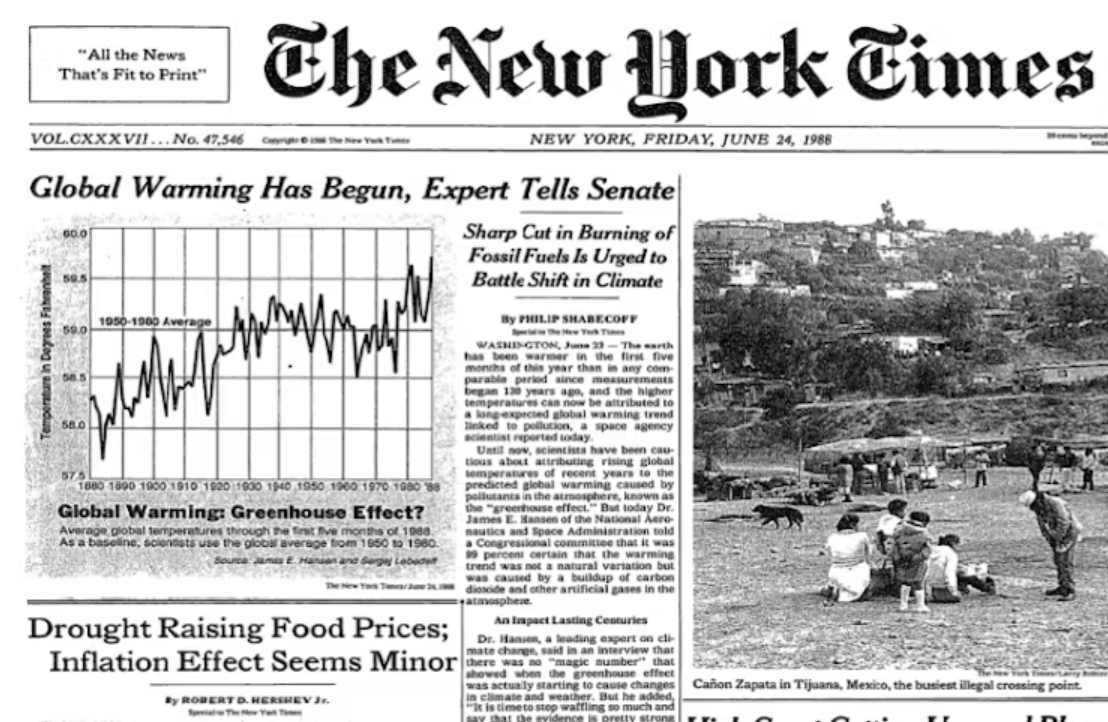
"Global Warming Has Begun, Expert Tells Senate." Article Courtesy of The New York Times (June 24, 1988)
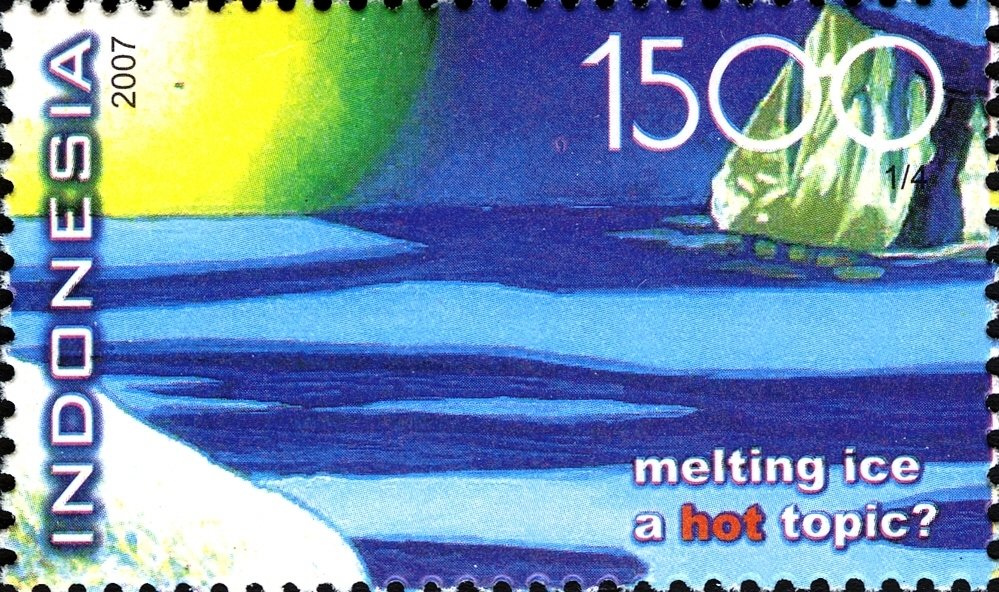
Stamp Representing the Melting of Polar Ice (2007). Courtesy of Post of Indonesia

Stamp Representing Global Warming (2009). Courtesy of Colnect
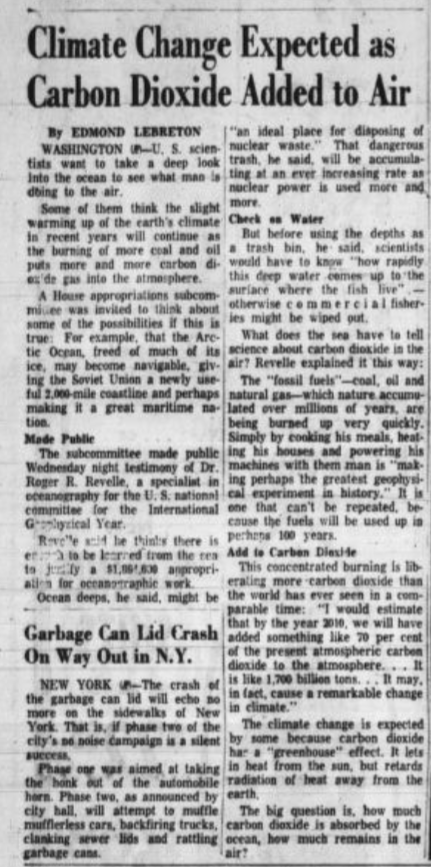
"Climate Change Expected as Carbon Dioxide Added to Air." Article Courtesy of The Oregon Statesman (March 16, 1956)
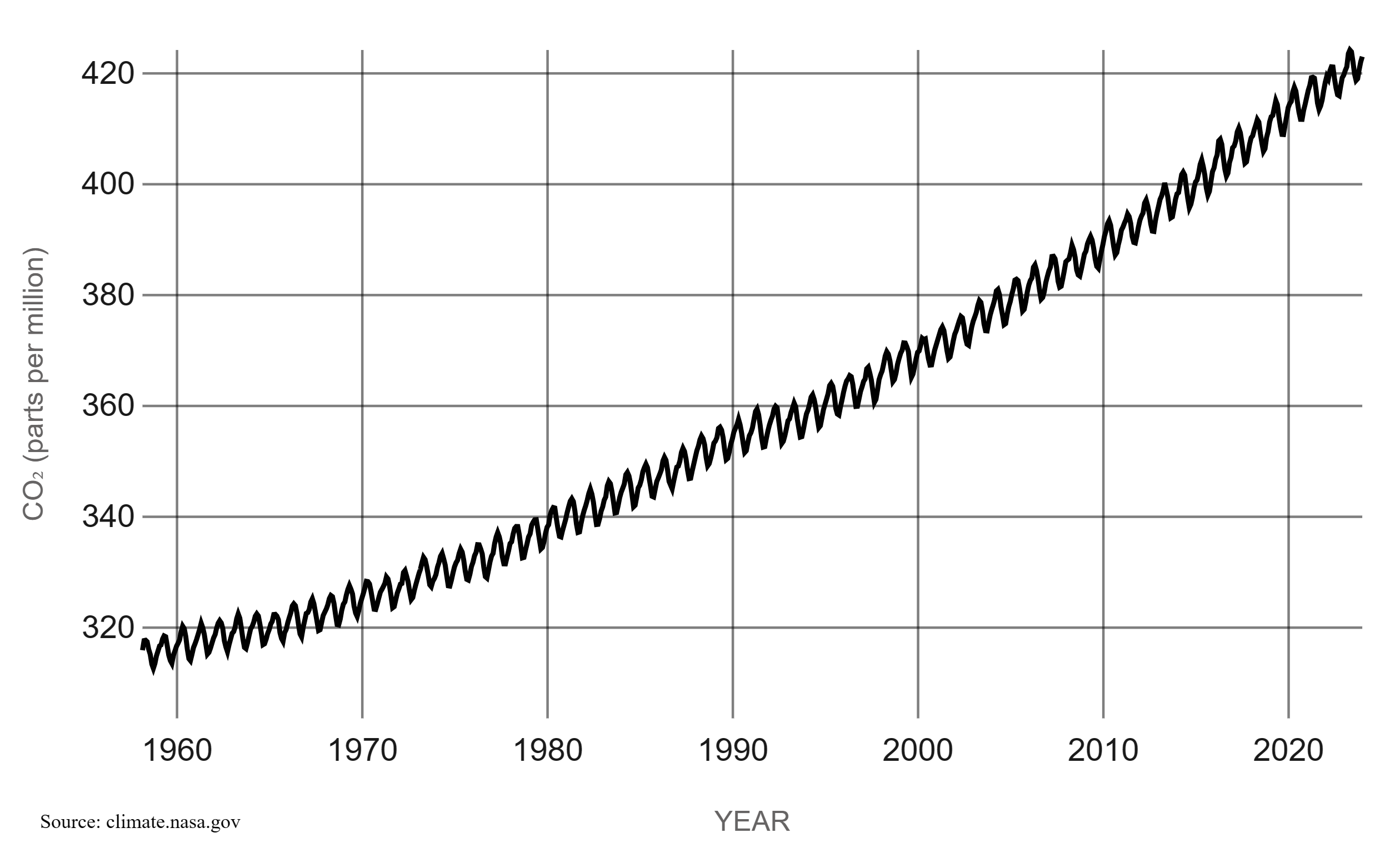
CO2 Concentrations in Recent Decades. Graph Courtesy of NASA
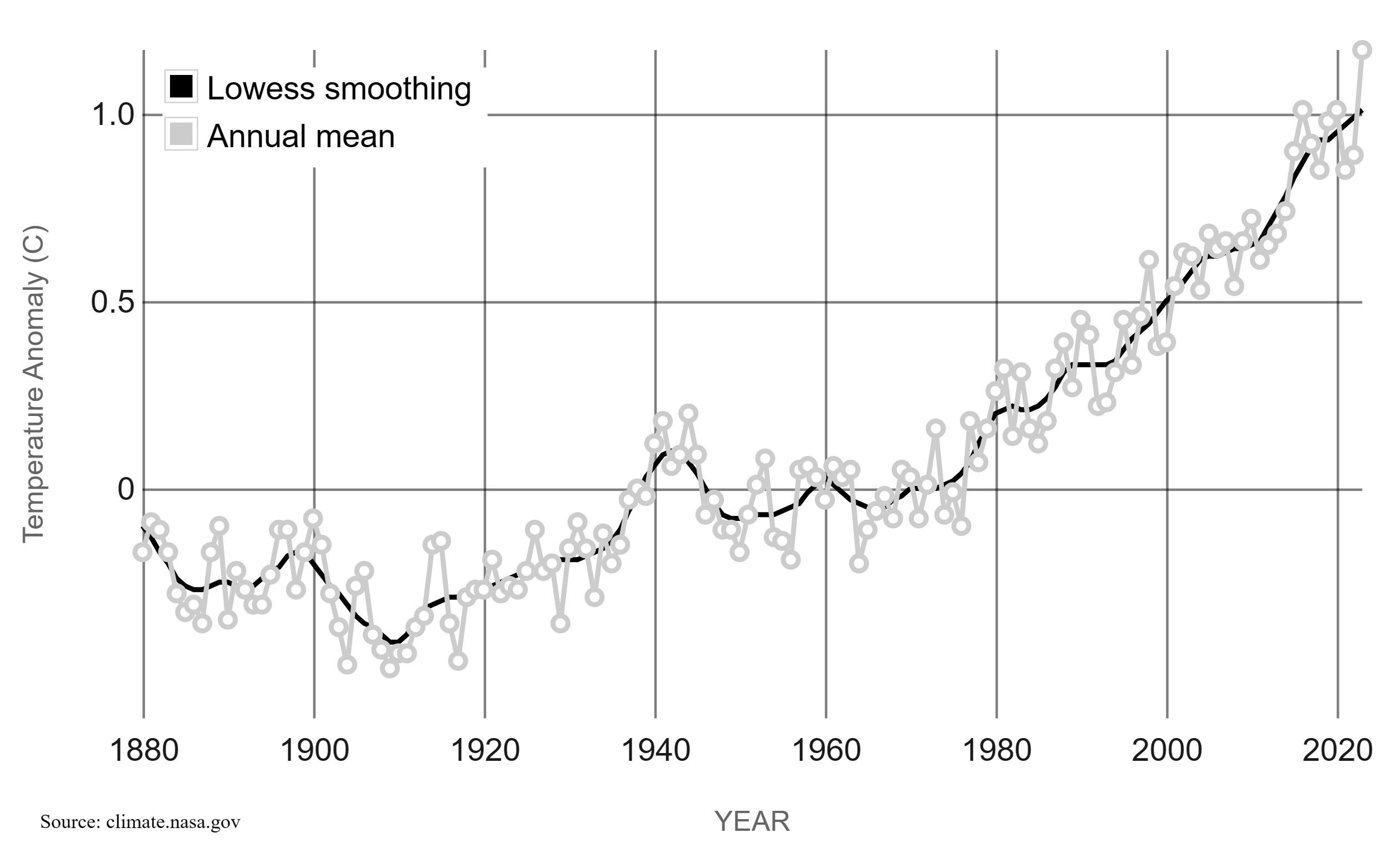
Temperature Deviations Compared to Average Temperature Over Time. Graph Courtesy of NASA
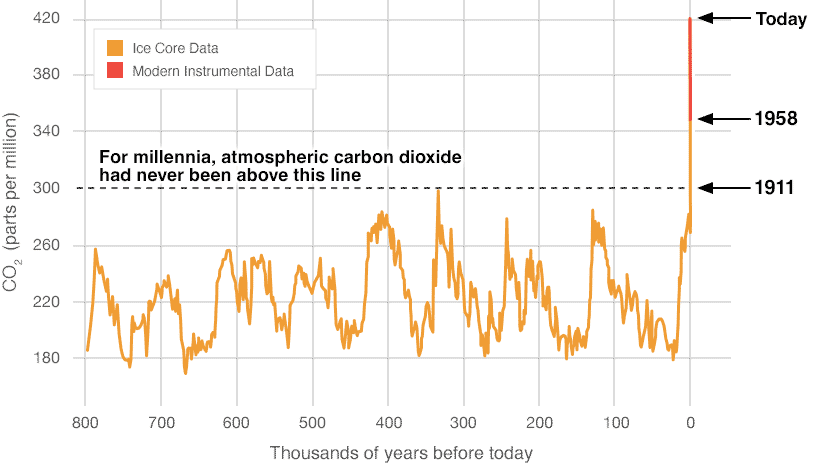
Data Showing Historical CO2 Concentrations. Graph Courtesy of NASA

In the midst of the environmental crisis, the most efficient measure against climate change has proven to be the ocean.
“When dolphins and whales return to the surface to breathe, they fertilize tiny marine plants in the ocean called phytoplankton, which every year absorb four times the amount of carbon dioxide than the Amazon rain forest does, and generates up to 85% of the oxygen we breathe. So in a world concerned with carbon and climate change, protecting these animals meant protecting the entire planet.”
- Ali Tabrizi, Director of Seaspiracy, 2021
Edges: Species of Whales and Dolphins. Images Courtesy of Sea Shepherd Global
Center: Phytoplankton. Image Courtesy of Plankton for Health
Created Using PicCollage
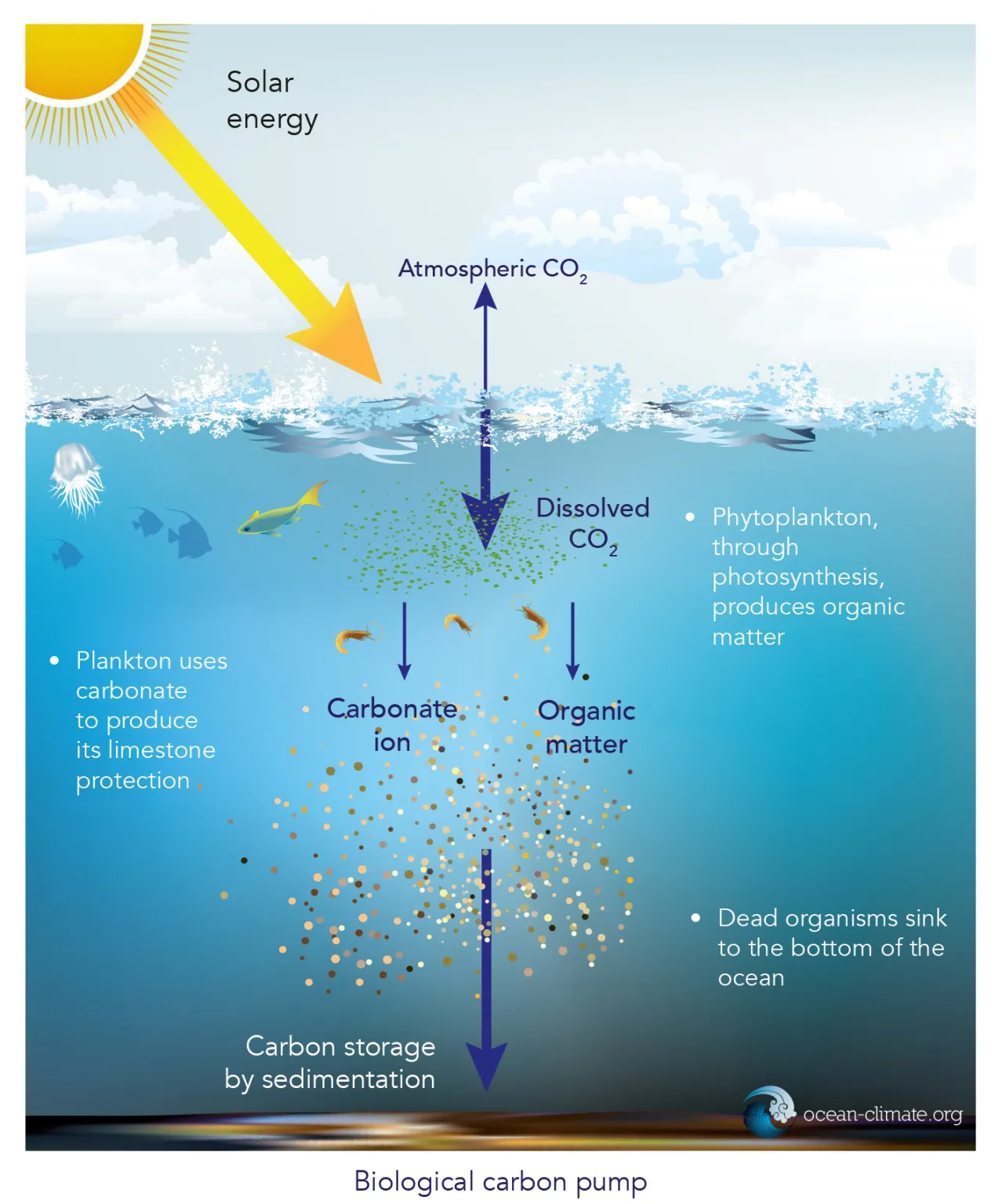
Diagram Courtesy of the Ocean & Climate Platform
Carbon dioxide dissolves in water as well, removing CO2 from the atmosphere.
“I discovered that one of the most important crew members on this spaceship Earth were actually marine plants. Per acre, these coastal plants can store up to 20 times more carbon than forests on land. In fact, 93% of all the world’s CO2 is stored in the ocean with the help of marine vegetation, algae, and coral. And losing just 1% of this ecosystem was equivalent to releasing the emissions of 97 million cars.”
- Ali Tabrizi, Director of Seaspiracy, 2021

Diagram Courtesy of the Ocean & Climate Platform
The plants that store carbon dioxide are naturally dependent on various types of fish species to survive. Thus, marine species are all intertwined and formulate a role in mitigating the carbon emissions crisis.
“We understand that leaving trees or planting trees really helps the carbon equation, but nothing matters more than maintaining the integrity of ocean systems. I mean, these big animals, even the little ones, they take up carbon. They sequester carbon when they sink to the bottom of the ocean. The ocean is the biggest carbon sink on the planet.”
- Dr. Sylvia Earle, marine biologist, Seaspiracy, 2021
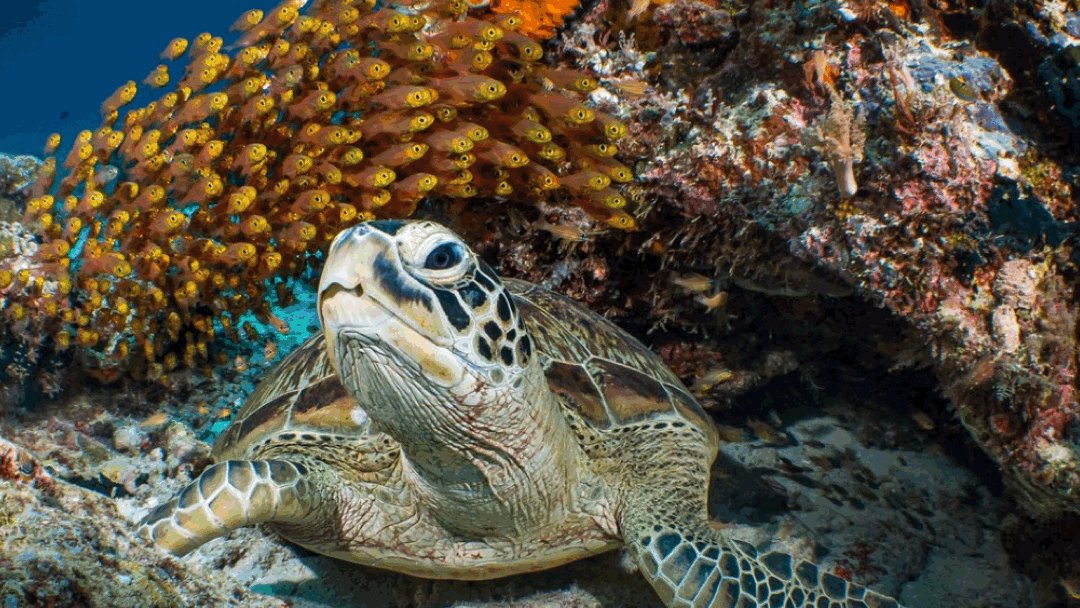
Images in Slideshow Courtesy of Sea Shepherd Global
Slideshow Created Using Keynote